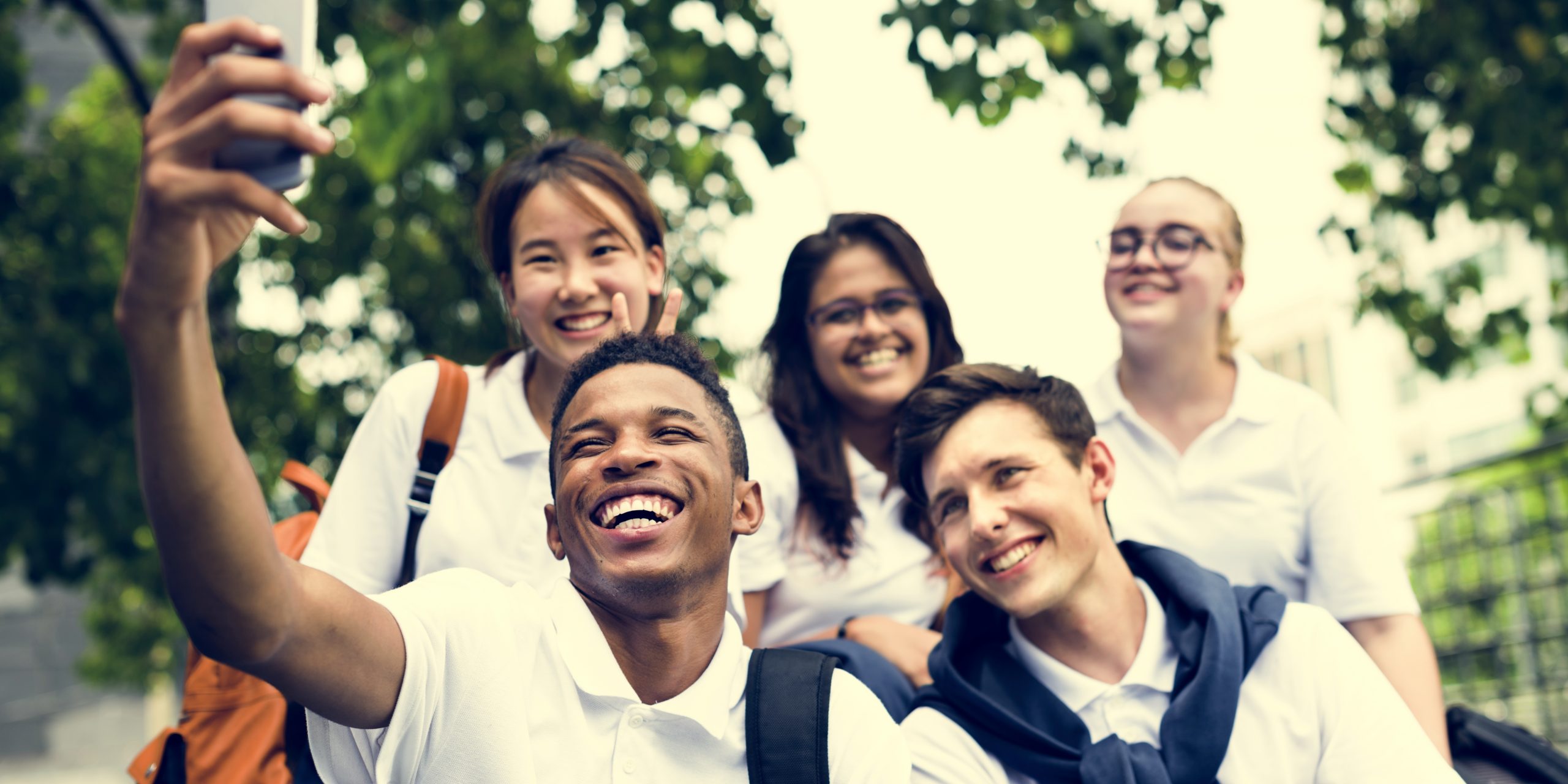Three tips for creating purposeful student-driven content
Across the country, many school leaders are beginning to have conversations about the importance of raising a generation of informed digital citizens. These conversations are critical to not only helping students understand the implications of their personal digital footprint, but to also use their knowledge of the ever-growing digital world as a force for good.
But digital citizenship needs to extend beyond a conversation — it must be put into practice. How do we start helping students understand what it means to be a digital leader? The answer is simple — practice and guidance. When school leaders give students a chance to be a part of the content generation, they can revolutionize the way their school’s story is being told by making students content creators.
Whether you’re already allowing students to create content on behalf of your school, or if you’re now considering it, these three tips will ensure that your digital citizens are creating content that is purposeful:
Understand the Value of Storytelling
I often begin my conversations with students by asking them about their favorite brands. Because we live in a consumer-driven culture, we often do not realize how brands are messaging to us and why we are attracted to them. By having a conversation with students about why specific brands and content appeal to them, they not only begin to be conscious consumers, but they reflect on the story brands are telling them.
Students are already posting personally from their activities on their personal channels. As educators, we have to educate by starting with what is known and moving to the unknown. Starting with a story they understand, their school, and moving to the unknown, “communicating that story in the school’s voice” provides a great learning opportunity.
Diversify Content to Grow and Engage Audiences
When our school’s social media is all created by one teacher or administrator, it is a single point of view. In contrast, getting students to learn how to post content that is not just about themselves, it gives us a more diverse set of content for our school.
Students have great learning experiences through creating content for parents, students and the community on behalf of your school. Once they see interactions on their social media content, they are able to learn more about their audiences and then think strategically about how to reach them.
Collaborate with Other Students
Citizenship is about being connected to a community. Young people who are active on social media know what it means when a brand asks them to “collab” offering free product or even money for promoting their brand, but collaborating with their peers to generate new content is an authentic and refreshing experience.
Individual skills like graphic design, photography, video, and writing are key in developing quality content. Because all of these skills are impossible for one person to encompass (or even manage), collaboration teaches digital citizens the important skills of cooperation and leadership and it allows students to learn from one another.
Class Intercom empowers students to become digital leaders by writing social media content for their schools. Educators moderate their content and provide vital feedback to help them grow. If interested in learning more about content workflows that empower student content creators, let’s chat: [email protected]

